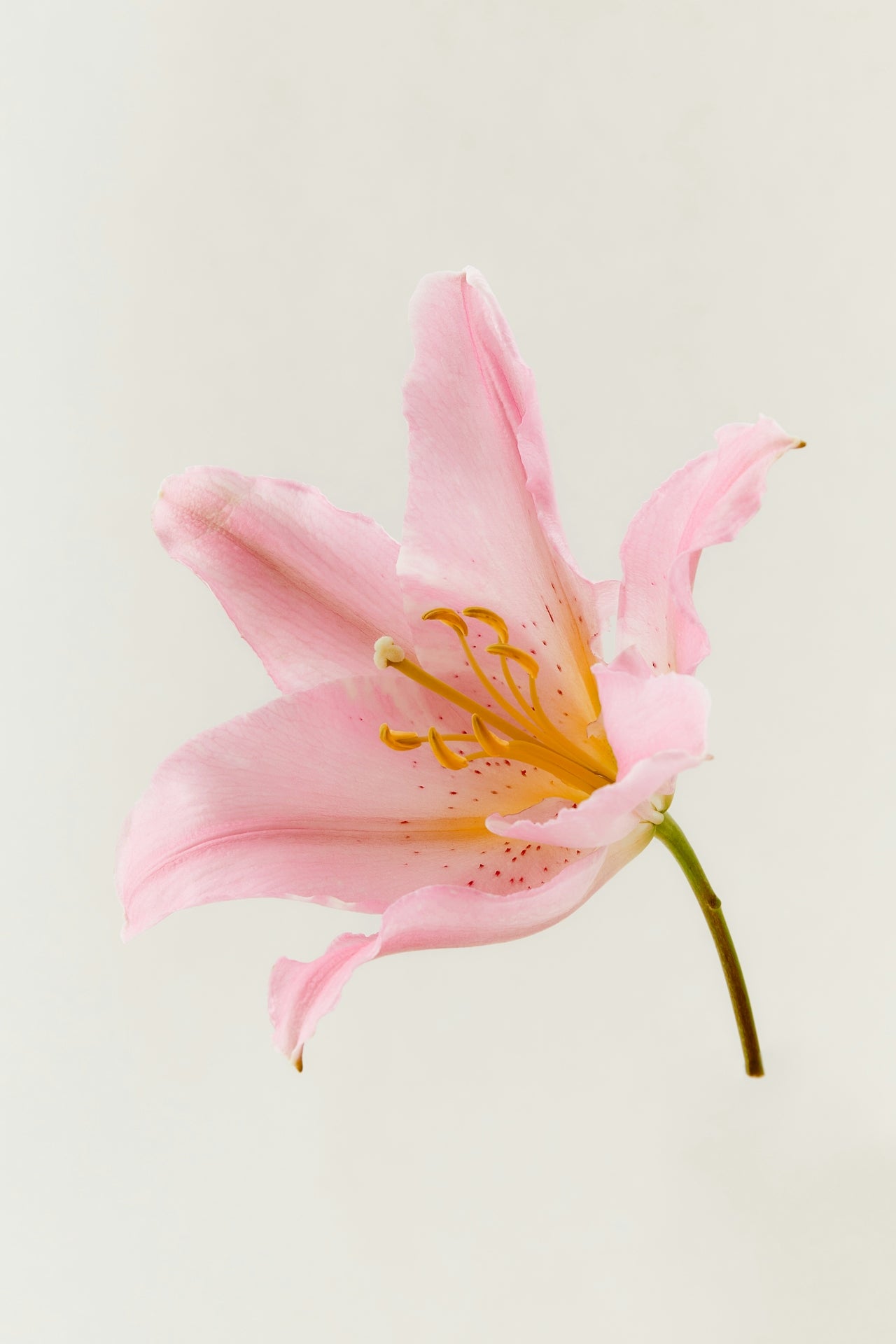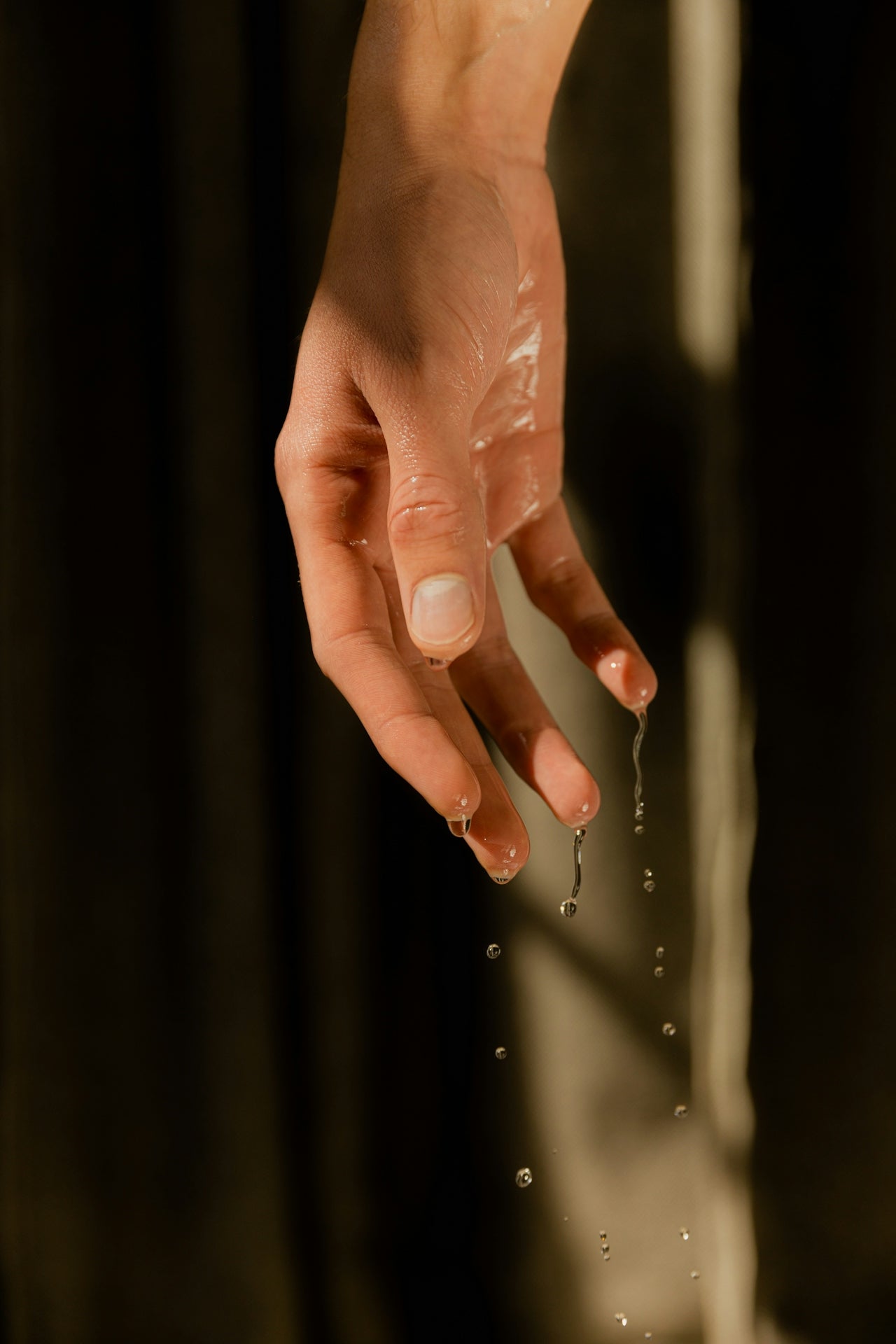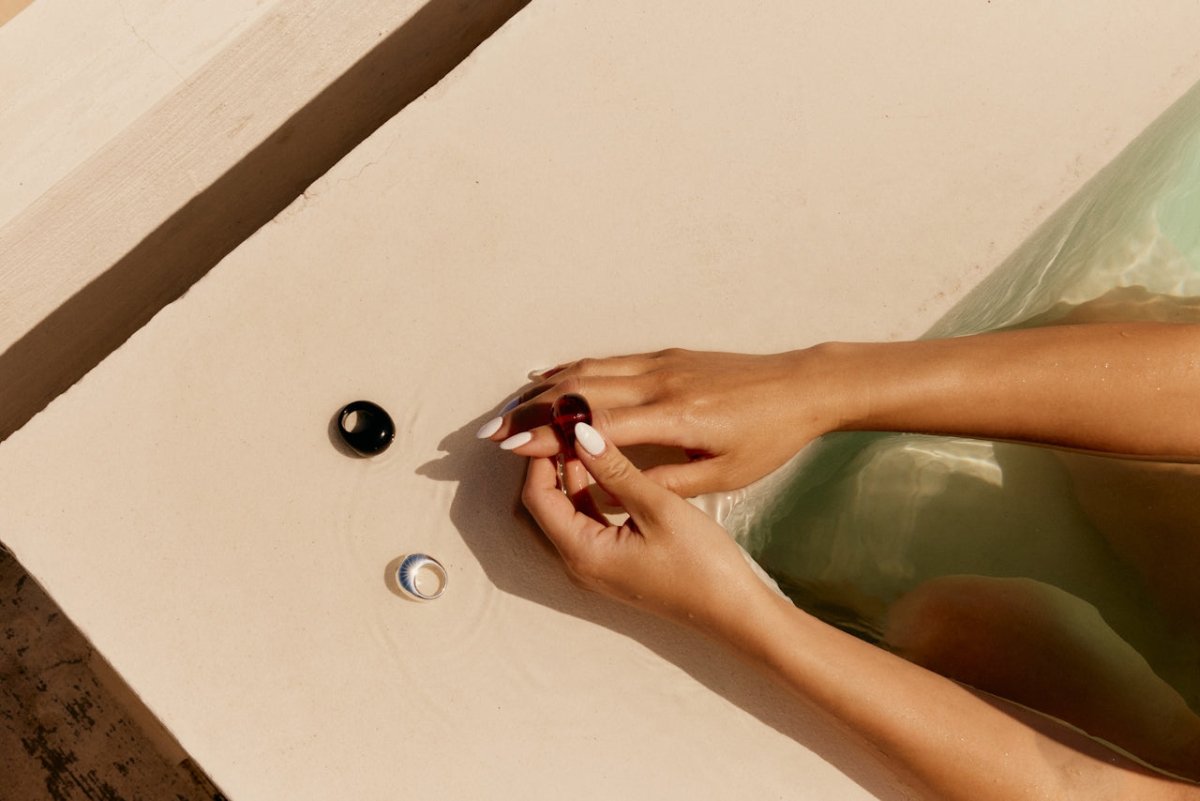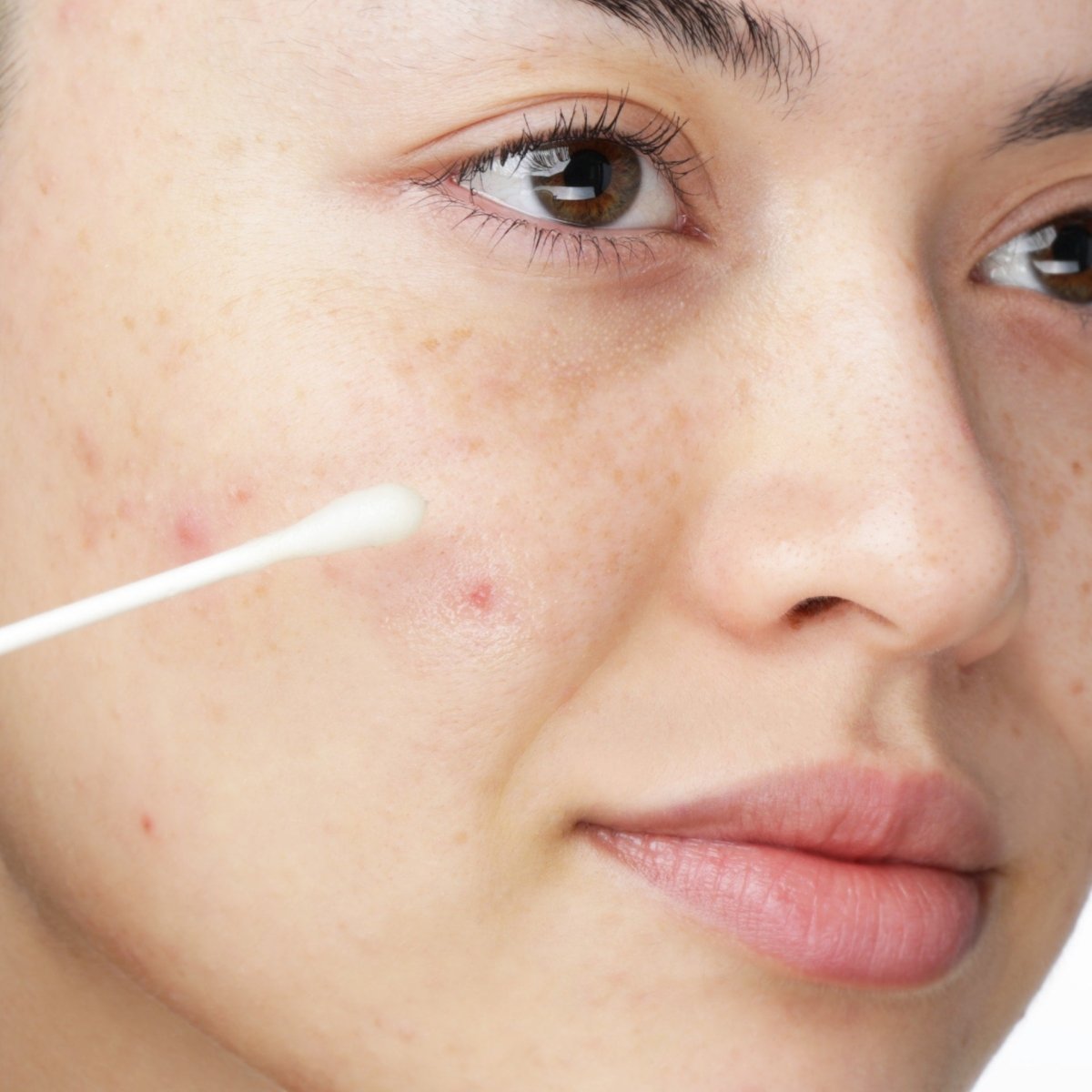Acetone Vs. Non-acetone
Choosing the proper nail polish remover can be tricky. Acetone and non-acetone are two standard options. Each has its benefits and drawbacks. Understanding these can help you make the best choice for your nails.
Pros And Cons
Acetone works fast and effectively. It removes even the toughest polish, including glitter and gel. But it can be harsh on nails and skin. It may cause dryness and irritation.
Non-acetone is gentler, better for natural nails, and less drying. However, it takes longer to remove polish and might not be as effective on stubborn types.
Best Uses
Use acetone to remove gel or glitter polish. It is the best choice for quick removal and is ideal for those with artificial nails.
For regular polish, opt for non-acetone. It is perfect for everyday use and suits those with sensitive skin or nails.
Natural Methods
Sometimes, the smell of regular nail polish remover can be overwhelming. It's nice to know there are natural ways to remove nail polish. These methods are not only easy but also gentle on your nails. Let's explore two effective natural methods.
Lemon And Vinegar
Lemons and vinegar are great for more than just cooking. They can also remove nail polish! Here's how you can use them:
- Mix equal parts lemon juice and vinegar in a small bowl.
- Soak your nails in the mixture for 10-15 minutes.
- Gently scrub the nail polish off using a cotton ball.
Why this works: The acidity in lemon juice and vinegar helps break down the nail polish. Plus, they leave your nails smelling fresh.
Hydrogen Peroxide
Hydrogen peroxide is usually found in your first aid kit but can also be used to remove nail polish. Follow these steps:
- Mix two parts of hydrogen peroxide with one part of hot water.
- Soak your nails in this solution for about 10 minutes.
- Use a nail file to gently scrape off the softened nail polish.
Tip: Be gentle with the nail file to avoid damaging your nails.
Hydrogen peroxide is effective because it softens the nail polish, making it easier to remove. It's a simple and effective natural method.
Soaking Method
The soaking method is a gentle way to remove nail polish. It involves using warm water or oil to loosen the polish. This method is ideal for those with sensitive nails or skin. Let's explore two effective techniques within the soaking process.
Warm Water Technique
Fill a bowl with warm water, ensuring it is not too hot. Soak your nails in the water for 10-15 minutes. The warmth will soften the nail polish. After soaking, use a soft cloth to wipe away the polish. Repeat if needed. Your nails will feel refreshed and clean.
Using Oil
Choose a natural oil like olive or coconut oil. Warm a small amount of oil in a bowl. Soak your nails in the warm oil for 10-15 minutes. The oil will help break down the nail polish. Gently rub your nails with a soft cloth to remove the polish. This method also nourishes your nails and cuticles.
Scraping And Peeling
Scraping and peeling off nail polish is an easy fix when you're in a rush or simply lazy. However, this common practice can do more harm than good. Let's explore some safe techniques to help you remove nail polish without damaging your nails.
Safe Techniques
There's a right way to scrape and peel nails. First, soften your nail polish by soaking your nails in warm, soapy water for a few minutes. Once the polish is soft, use an orange stick or a gentle nail tool to lift the edges of the polish.
Here's a step-by-step guide:
- Soak your nails in warm, soapy water for 5-10 minutes.
- Gently lift the edge of the nail polish with an orange stick.
- Slowly peel off the polish in the direction of your nail growth.
- If the polish doesn't come off quickly, soak your nails a bit longer.
Remember, patience is key. Rushing the process can lead to damage.
Avoiding Damage
Scraping and peeling can be hard on your nails if not done correctly. Here are some tips to protect your nails:
- Be Gentle: Use soft, careful movements to avoid stripping the nail surface.
- Hydrate: After removing the polish, apply a nourishing oil or moisturizer to your nails and cuticles.
- Regular Maintenance: Keep your nails trimmed and filed to prevent snagging and breaking.
Did you know that nails are made of keratin? This protein is the same one found in your hair. So, just like you wouldn't want to yank out your hair, treat your nails with the same care.
In conclusion, while scraping and peeling can be tempting, safe techniques and avoiding damage are essential for healthy nails.
Gel Polish Removal
Removing gel polish can be challenging. It requires patience and the right tools. Gel polish is durable, which makes it popular. However, this also means it can be hard to remove. Using the right techniques can make the process easier and safer for your nails. Two effective methods are described below.
Foil And Cotton Ball Method
This method is popular and effective. Start by gathering your supplies. You need acetone, cotton balls, and aluminium foil. First, soak a cotton ball in acetone. Place the soaked cotton ball on your nail. Then, wrap your fingertip with foil. Make sure it is tight. This keeps the acetone from evaporating. Repeat for each nail. Leave the foil wraps on for 10-15 minutes. This allows the acetone to break down the gel polish.
After the time is up, gently press and twist the foil wraps. Slide them off your nails. The gel polish should lift off easily. If any polish remains, you can use an orange stick to remove it. Be gentle to avoid damaging your nails. This method is effective and less damaging than scraping.
Using An Orange Stick
An orange stick is a simple tool for removing stubborn gel polish. After using the foil and cotton ball method, some polish might remain. Use the pointed end of the orange stick to gently push off any leftover polish. Start at the cuticle and work towards the tip. Be careful not to press too hard, damaging the nail surface.
If needed, re-soak your nails for a few more minutes. This will soften any remaining polish. Continue to use the orange stick until all polish is removed. Your nails should be clean and ready for your next manicure.
Removing Glitter Polish
Removing glitter nail polish can be a real challenge. Regular nail polish remover often doesn't work well, and glitter polish tends to stick stubbornly to nails. But don't worry. We have two effective methods to tackle this problem: the Foil Wrap Method and Using a Peel-off Base.
Foil Wrap Method
The foil wrap method is very effective for removing glitter polish. First, gather your supplies. You need acetone-based nail polish remover, cotton balls, and aluminium foil. Cut the foil into small squares. Then, soak a cotton ball in the acetone remover.
Place the soaked cotton ball on your nail. Wrap the foil square around your finger and cotton ball, keeping the cotton ball in place. Repeat this for each nail. Let your nails sit for 10-15 minutes. The acetone will break down the glitter polish.
After waiting, gently pull off the foil and cotton ball. Most of the glitter polish should come off with it. Use a clean cotton ball to remove any remaining polish. Your nails should be clean and free of glitter.
Using A Peel-off Base
Another method to remove glitter polish is by using a peel-off base. Start with clean, dry nails. Apply a peel-off base coat before your glitter polish. Let the base coat dry completely. Then, apply your glitter polish as usual.
When you're ready to remove the glitter polish, find an edge of the polish on your nail. Gently lift and peel it off. The peel-off base coat lets the glitter polish come off in one piece. This method is easy and doesn't require harsh chemicals.
Using a peel-off base saves time and effort and protects your nails from damage. Remember to moisturize your nails after removal. This keeps them healthy and strong.
Post-removal Care
So, you've successfully removed your nail polish. Great job! But wait, your nails might need some extra love now. Just like how your skin feels after a long day in the sun, your nails can feel a bit weak after polish removal. Let's dive into how you can give them the TLC they deserve.
Moisturizing Nails
First things first, let's talk about moisture. Your nails and cuticles can get dry after using nail polish remover, especially if it's acetone-based. Here's what you can do:
- Use Nail Oil: Apply a few drops of oil to each nail and massage it. Oils like jojoba or almond oil work wonders.
- Hand Cream: A good hand cream can also help. Look for one with natural ingredients and apply it generously.
- Soak in Warm Water: A quick soak mixed with a few drops of your favourite oil can help rehydrate your nails.
Remember, moisturizing your nails is key to maintaining their health and strength. Think of it as giving your nails a drink after a workout. They’ll thank you for it!
Avoiding Harmful Chemicals
Many nail polish removers contain harmful chemicals. These can damage your nails and skin. They might also cause allergies and irritation. Choosing safer alternatives is essential. This helps protect your health and the environment. Here are some tips to help you avoid harmful chemicals.
Choosing Safe Products
Opt for non-toxic nail polish removers. Look for products labelled "acetone-free." Acetone can dry out your nails and skin. Choose removers with natural ingredients like soy. Read labels carefully to avoid harsh chemicals. Brands that prioritize safety are usually transparent about their ingredients.
Consider removers with added vitamins. Vitamin E and aloe vera can nourish your nails. These ingredients help keep your nails strong and healthy and reduce the risk of damage and dryness.
Homemade Alternatives
Try making your nail polish remover. Mix equal parts lemon juice and vinegar. This solution effectively removes nail polish and is gentle on your nails and skin. Another option is using rubbing alcohol. It works well and is less harsh than acetone.
You can also use toothpaste. Apply a small amount to your nails and rub it in with a toothbrush. This method may take longer but is safer. Olive oil can help remove polish while moisturizing your nails. Combine it with lemon juice for better results.
Tips For Frequent Polish Changes
You're not alone if you love switching up your nail polish regularly! Changing your nail color can be fun to express your mood and style. However, frequent polish changes can sometimes lead to damaged and weakened nails. Don't worry, though—I've got some great tips to help you keep your nails healthy and strong, even if you're a polish enthusiast.
Minimizing Damage
When you change your nail polish often, minimizing the damage is important. Here are some simple but effective ways:
- Use Gentle Removers: Opt for acetone-free nail polish removers. They are less harsh on your nails and skin.
- Limit Soaking: Avoid soaking your nails in remover for too long. It can dry out your nails.
- Be Gentle: When removing polish, don't scrub too hard. Gentle wiping will do the trick.
Remember, your nails are delicate. Treat them kindly to keep them looking great!
Maintaining Nail Strength
Frequent polish changes can weaken your nails over time. To maintain their strength, follow these tips:
- Hydrate Your Nails: Moisturize your nails and cuticles daily. Oils like jojoba or almond oil work wonders.
- Give Them a Break: Let your nails breathe by taking a break from polishing every few weeks. A few days without polish can help them recover.
- Use Strengthening Products: Invest in nail hardeners or treatments that promote nail growth and strength.
Think of your nails like a muscle—they need rest and care to stay strong!
With these tips, you can keep changing your nail polish without compromising the health of your nails. Happy painting!
Professional Removal Services
Removing nail polish professionally offers several advantages. Many prefer salon services for their precision and care. Salons use high-quality products and techniques to ensure healthy nails. If you're considering this option, here's what you need to know.
Salon Options
Many salons offer nail polish removal services. Some specialize in nail care and removal, and others offer it as part of their manicure or pedicure packages. It's common to find a variety of salons in most areas. Choose one based on reviews, proximity, and services offered. A reputable salon ensures a safe and efficient process.
What To Expect
Expect a relaxing experience at the salon. The technician will first assess your nails. They might ask about the type of nail polish used. This helps determine the best removal method. For regular polish, they use a gentle remover. Gel or acrylic might need a soak-off process.
The technician will apply the remover and let it sit, which helps break down the polish. They will then gently scrape off the polish. Finally, they will clean and moisturize your nails, which ensures they stay healthy and strong.













